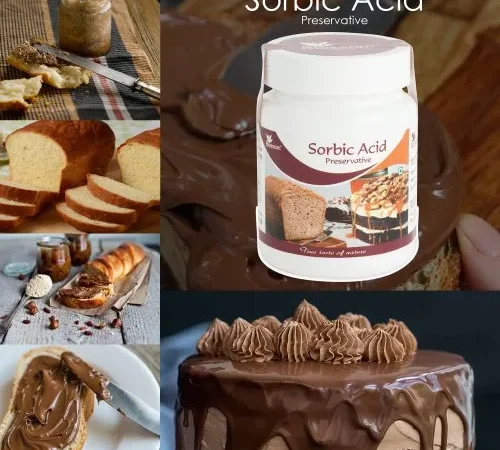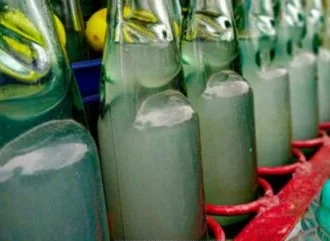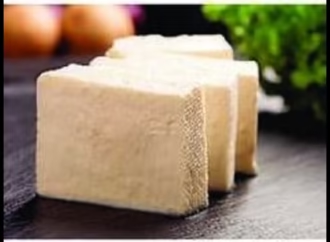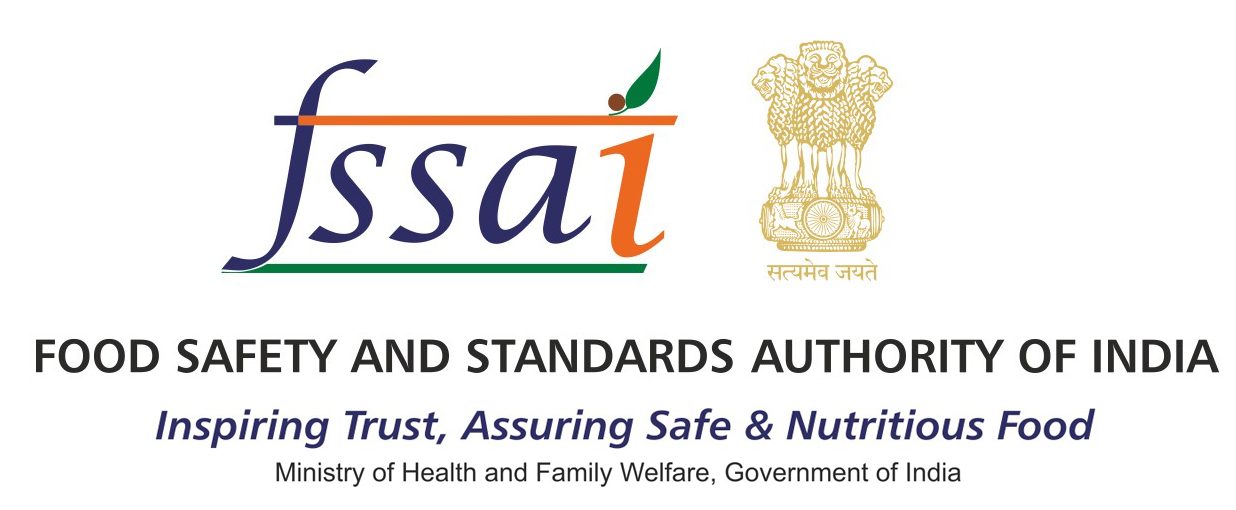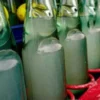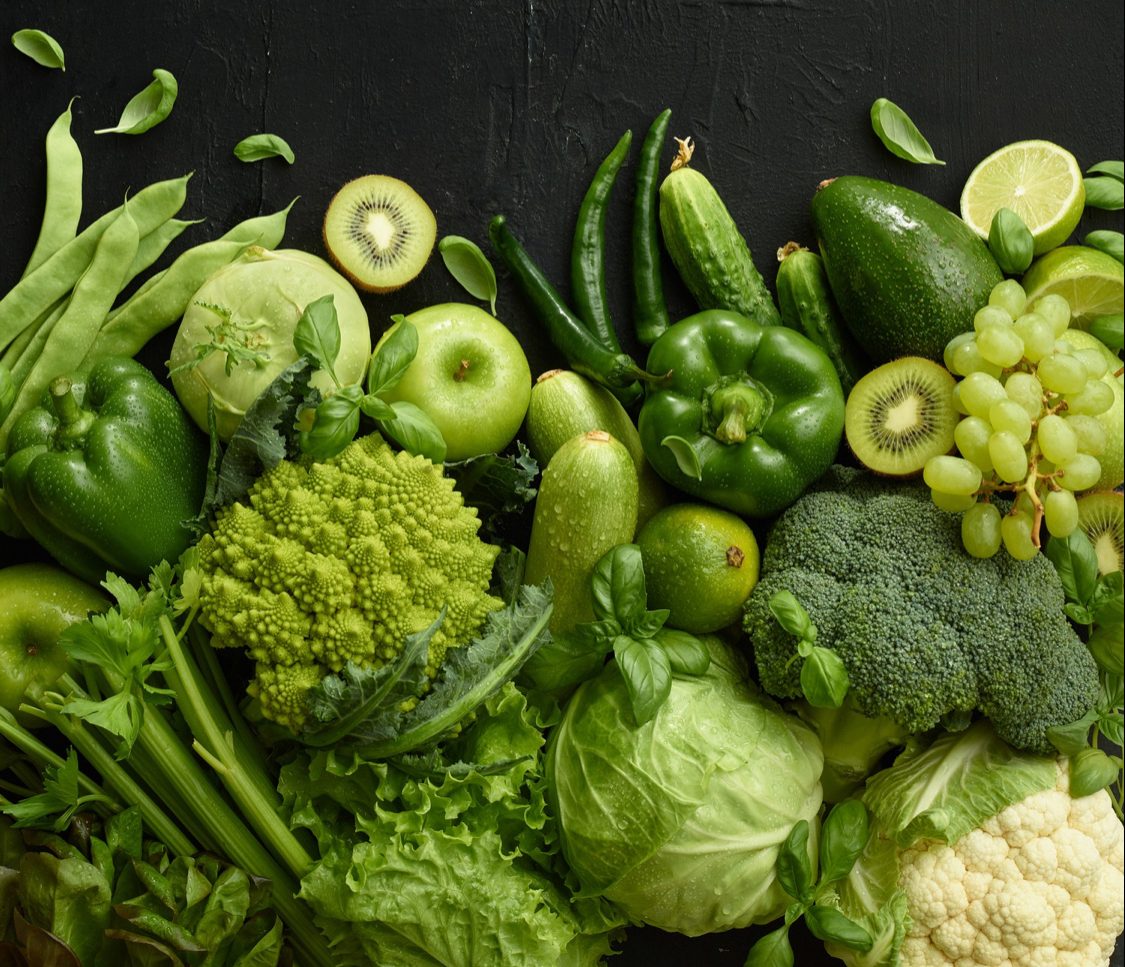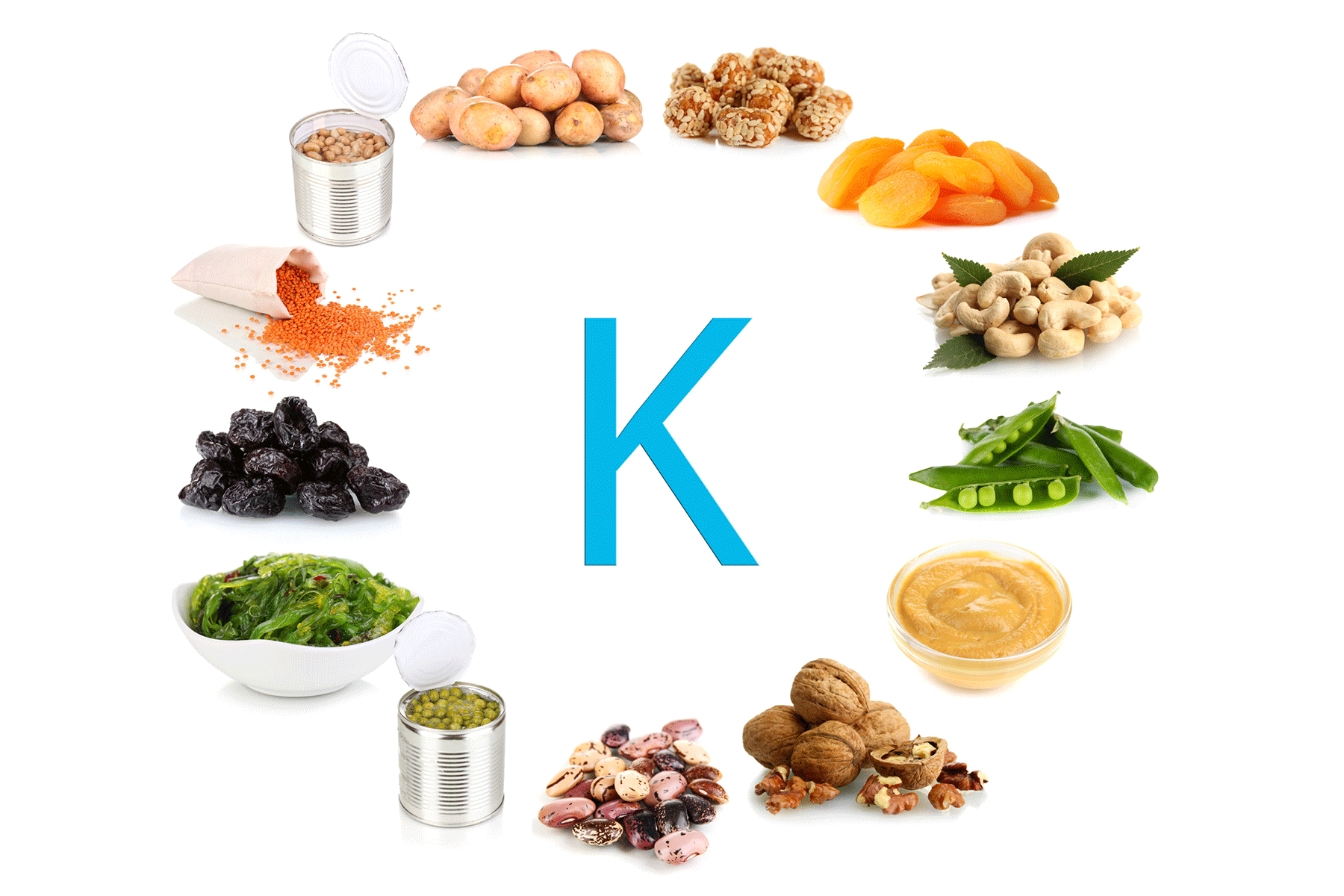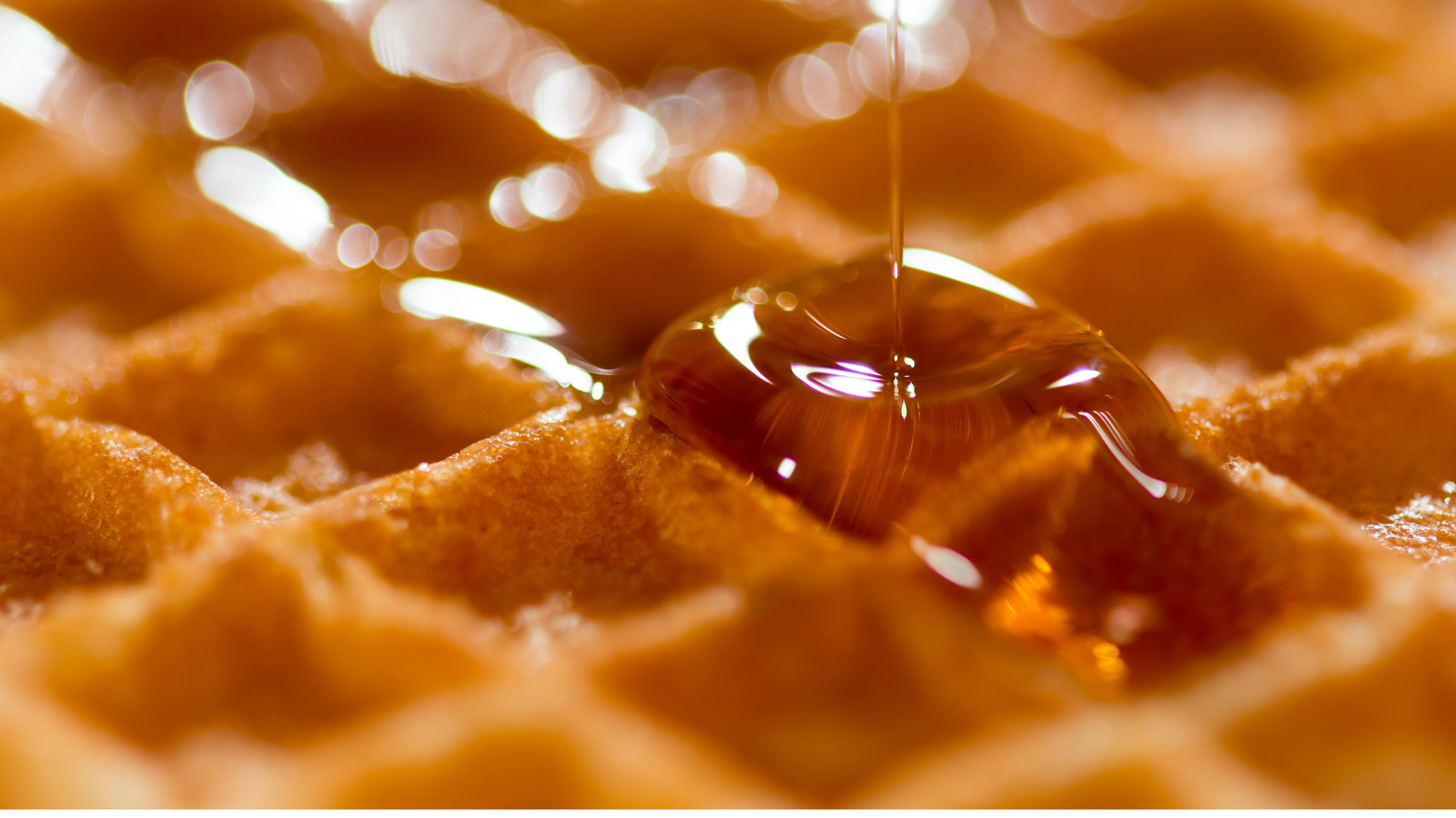Sorbic acid, a naturally occurring organic compound, plays a crucial role in food preservation worldwide. Renowned for its ability to inhibit the growth of mould, yeast, and bacteria, this versatile preservative has become indispensable in extending the shelf life of various food products. Manufacturers commonly use sorbic acid in cheese, baked goods, wines, and canned foods, as it maintains freshness without altering the product’s taste or aroma. Its antimicrobial properties also find applications in cosmetics and pharmaceuticals, where it helps prevent microbial contamination. With its non-toxic nature, effectiveness at low concentrations and ease of application, sorbic acid stands as a trusted choice across multiple industries. Read on to discover more about sorbic acid’s uses, benefits, and impact on food safety.
What is Sorbic Acid?
Sorbic acid, chemically known as 2,4-hexadecenoic acid, is a naturally occurring compound. It appears as a colourless, crystalline solid with a faint odour, is mildly soluble in water, and is commonly used in its salt forms, such as potassium sorbate, sodium sorbate, and calcium sorbate. While it primarily serves as a food preservative, sorbic acid also provides antimicrobial benefits in cosmetics and pharmaceuticals.
In 1859, German chemist A.W. von Hofmann first isolated sorbic acid from the unripe berries of the rowan tree (Sorbus aucuparia). Its antibacterial and antifungal properties gained recognition in the mid-20th century. By the 1980s, manufacturers had replaced nitrates in meat products with sorbic acid to prevent the growth of Clostridium botulinum and other harmful microorganisms, offering a safer alternative.
Uses of Sorbic Acid in Food

Sorbic acid is highly valued for preventing spoilage without altering the taste or aroma of food. It effectively inhibits the growth of mould, yeast, and certain bacteria. Manufacturers commonly use it in various food products, including:
- Cheese: Prevents mould growth, especially on the surface of soft cheeses.
- Baked Goods: Used in bread, muffins, and other baked goods to prevent yeast and mould formation.
- Wines: Controls fermentation, particularly in sweet or off-dry wines, by halting fermentation after bottling.
- Fresh Produce: Extends the shelf life of fruits and vegetables by preventing fungal contamination.
- Canned Foods: Ensures that canned goods like pickles, prunes, and prepared salads remain free from mould and fungi.
In addition to preventing spoilage, sorbic acid preserves meats and seafood by inhibiting bacterial growth, including that of Clostridium botulinum, the bacteria responsible for botulism.
The Role and Benefits of Sorbic Acid in Food Preservation
Sorbic acid is preferred for food preservation due to its safety, effectiveness, and versatility. Unlike nitrates, which can form carcinogenic nitrosamines at high concentrations, sorbic acid does not produce harmful byproducts, making it a safer choice for consumers, especially in foods with low moisture content like cheeses, baked goods, and dried fruits.
Sorbic acid disrupts the cellular processes of mould, yeast, and other fungi, preventing their reproduction and halting spoilage. It is most effective in foods with a pH below 6.5, making it ideal for acidic foods like fruits, wines, and cheeses. While it has some bacteriostatic properties, its primary function is antifungal.
Manufacturers typically use sorbic acid in its salt forms—potassium sorbate, sodium sorbate, or calcium sorbate—because these salts are more soluble in water and easier to apply. They incorporate these forms into food products by spraying, dipping, or mixing them into food or packaging materials. Additionally, sorbic acid is tasteless and odourless, ensuring that it does not alter the flavour of food while extending its shelf life.
Is Sorbic Acid Safe for Food Use?
The Food Safety and Standards Authority of India (FSSAI) classifies sorbic acid as “Generally Recognized as Safe” (GRAS). Extensive studies show no significant health risks when used within approved limits. The body rapidly metabolizes the compound into carbon dioxide and water, leaving no harmful residues.
Though sorbic acid is generally safe, some individuals may experience mild allergic reactions, such as skin irritation or itching. These reactions are rare and typically occur when sorbic acid is used in cosmetic products rather than in food. For most people, consuming sorbic acid in food is safe. In cases of irritation, drinking water or applying an anti-itch cream can relieve the symptoms.
Conclusion
Although sorbic acid effectively preserves food, concerns about allergic reactions and the misuse of preservatives persist. Allergic reactions, while rare, primarily occur from cosmetic use, which underscores the need for careful application and regulation. Food safety authorities like the FSSAI continue to set strict guidelines for sorbic acid’s use, ensuring its benefits outweigh potential risks. By following proper regulations and fostering consumer awareness, we can maintain sorbic acid as a safe and reliable preservative, preserving food freshness and safety for longer periods.
 Food Manifest
Food Manifest 